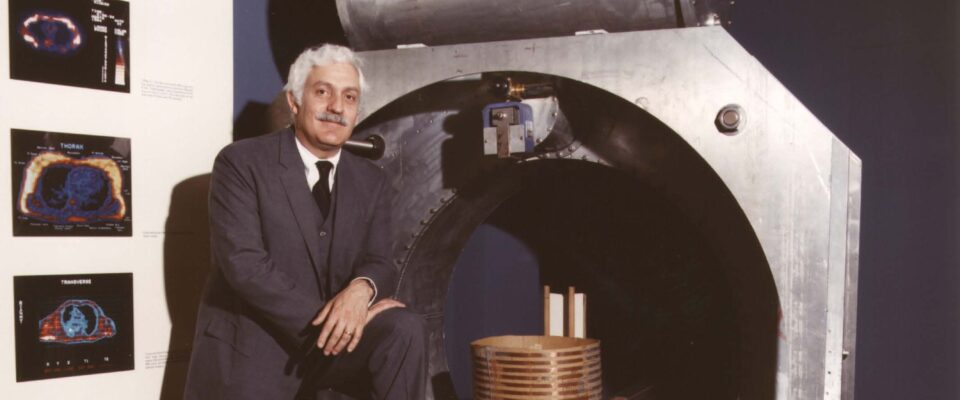Raymond Vahan Damadian (1936–2022) was an American scientist of Armenian descent who laid the foundation for Magnetic Resonance Imaging (MRI) technology—one of the most advanced and essential diagnostic tools in modern medicine.
Early Life and Multidisciplinary Academic BackgroundDamadian was born on March 16, 1936, in Forest Hills, New York. Although he was trained from a young age to become a violinist, he soon revealed a deep passion for the natural sciences. He earned his undergraduate degree in Mathematics from the University of Wisconsin–Madison in 1956, and a medical degree from the Albert Einstein College of Medicine (New York) in 1960.
Driven by a passion for research, Damadian pursued advanced academic training: he was a research fellow in nephrology at the University of Washington and later studied biophysics at Harvard University, where he delved into physics, physical chemistry, and mathematics. He also studied biochemistry at the School of Aerospace Medicine in San Antonio, Texas. After serving in the U.S. Air Force, he resumed his academic career in 1967 at the Downstate Medical Center of the State University of New York.
The Birth of the MRI Idea from a Biological TheoryDrawing from his interdisciplinary knowledge in biology, physics, and chemistry, Damadian developed a new biological theory called the “Ion Exchanger Resin Theory”, which explained cellular activity through ion exchange processes. This theory laid the groundwork for his discovery of a unique biological phenomenon related to Nuclear Magnetic Resonance (NMR).
In 1971, Damadian published a groundbreaking paper in Science in which he demonstrated that cancerous and healthy cells respond differently to NMR signals. From this, he proposed a bold idea: using NMR signals to detect tumors—a concept unprecedented in medicine at the time.
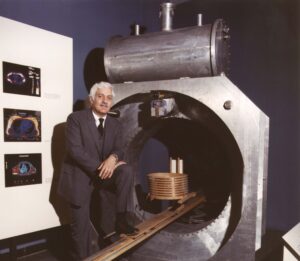
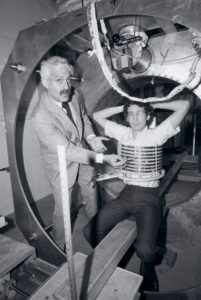
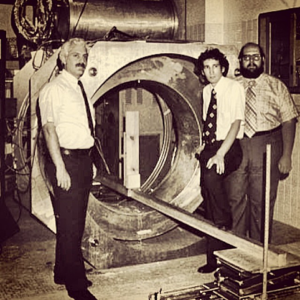 From Concept to Practical Device
From Concept to Practical Device
Not content with theoretical work alone, in 1974, Damadian designed the first device to use NMR signals to detect tumors and filed a patent for his invention in the United States. However, his initial device was not yet capable of producing images. This key advancement came later, thanks to scientists Paul Lauterbur and Peter Mansfield, who successfully developed techniques for constructing images from NMR data—paving the way for modern MRI technology.
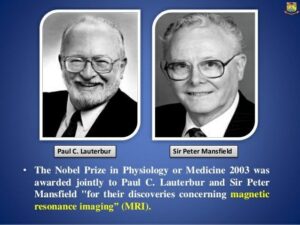
Although Damadian did not receive a Nobel Prize like Lauterbur and Mansfield, he was the first to build a full-body MRI scanner, which he completed in 1977 and named “Indomitable.”
Commercialization and Lasting LegacyIn 1978, Damadian founded FONAR Corporation, the world’s first company to manufacture commercial MRI machines. Its first product was released in 1980, ushering in a new era of widespread MRI application in clinical diagnostics. Over the course of his career, Damadian and his collaborators obtained 45 patents related to MRI technology, significantly contributing to its development and commercialization worldwide.
Raymond Vahan Damadian was more than a scientist—he was a symbol of visionary thinking, merging fundamental science with clinical application to bring about a revolutionary leap in modern medicine. His legacy lives on, saving millions of lives every day through accurate and non-invasive MRI imaging.

